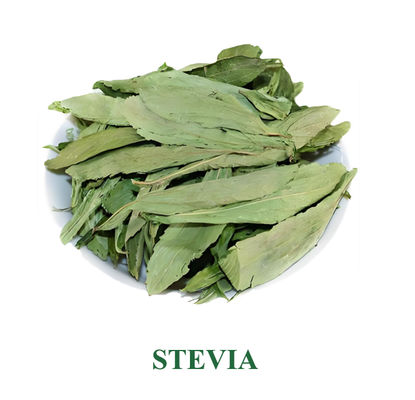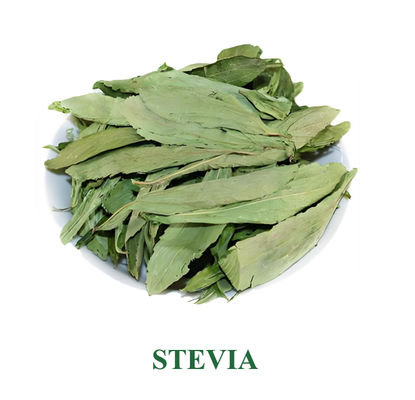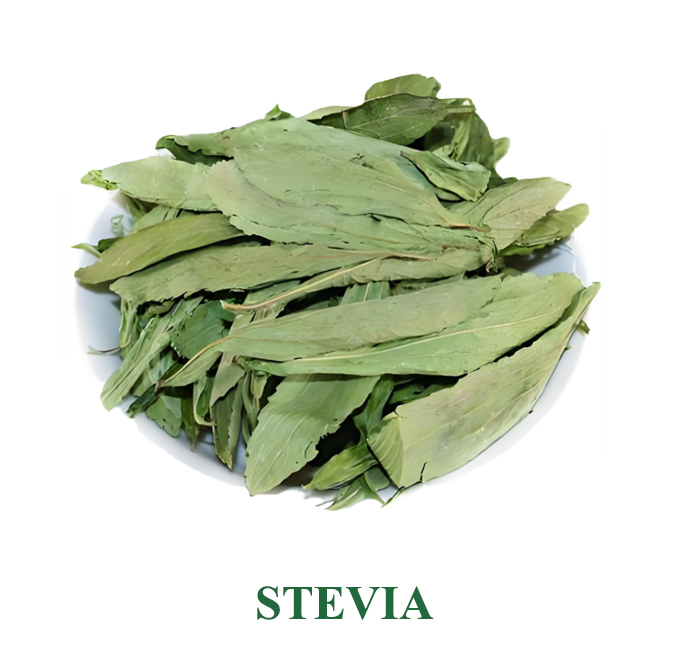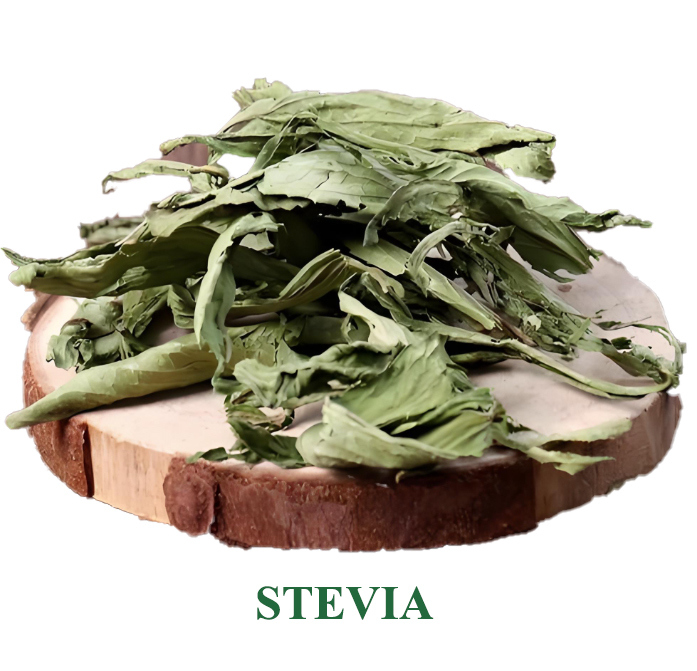
Factory direct sales of stevia extract, CAS: 91722-21-3, 99% purity, powder
-
Highlight
stevia extract powder 99% purity
,pure stevia extract CAS 91722-21-3
,factory direct stevia extract powder
-
Product NameSTEVIA
-
CAS91722-21-3
-
Purity99.9%
-
AppearanceLiquid
-
Shelf Life2 Years
-
MOQ5KG
-
PackingFoil Bag,Bottled,Drum,Carton,Container
-
QualityNatural Raw Materials, Safe And Harmless, No Addition
-
EINECS294-422-4
-
Place of OriginShaanxi, China
-
Brand NameBaisfu
-
CertificationSTEVIA
-
Model Number91722-21-3
-
Minimum Order Quantity5kg
-
Price72.59USD
-
Packaging DetailsFoil bag,Bottled,Drum,Carton,Container
-
Delivery Time10-15 work days
-
Payment TermsT/T,Western Union,D/P,L/C
-
Supply Ability20,000 kilograms a month
Factory direct sales of stevia extract, CAS: 91722-21-3, 99% purity, powder
Stevia is a core representative of natural low-sugar sweet plants. Stevia glycosides can be extracted and processed from its leaves, which have the core characteristics of "high sweetness, low calories, natural and safe". It is an important raw material to replace sucrose and fits the global trend of healthy eating.
The core value components of stevia are concentrated in its leaves, primarily consisting of glycosides, along with smaller amounts of nutritional and functional components:
Main sweet components: The core is a mixture of steviol glycosides, accounting for 10%-20% of the leaf's dry weight. These include steviol glycosides, rebaudioside A (RA), rebaudiosides C, D, and F, and dulcoside A. Steviosides and RA are the most abundant and widely used components, determining the sweetness and taste of stevia.
Auxiliary components: Contains small amounts of flavonoids and polyphenolic compounds (such as chlorogenic acid and quercetin), which have some antioxidant activity; also contains dietary fiber, vitamin C, and minerals (potassium, calcium, magnesium), enhancing its overall value.
| Product Name | STEVIA |
| CAS | 91722-21-3 |
| EINECS | 294-422-4 |
| Type | Food Flavors |
| Brand Name | BAISIFU |
| Appearance | Power |
| Shelf Life | 2 years |
| MOQ | 5KG |
| Origan | Shaanxi,China |
| Purity | 99% |
| Packing | Foil bag,Bottled,Drum,Carton,Container |
| Storage | Sealed in dry,Room Temperature |
-
Food Processing Sector
Baked Goods: Used in cakes, cookies, bread, pastries, etc., replacing some or all of the sucrose to reduce calories while maintaining sweetness and preserving the color and texture after baking.
Confectionery and Dairy Products: Used in hard candies, soft candies, chocolates, yogurt, ice cream, dairy beverages, etc., creating low-calorie, sugar-free foods that align with a healthy snack positioning; it has good compatibility with dairy products and does not damage the milky flavor.
Snack Foods: Used in candied fruits, dried fruits, jellies, potato chips, etc., replacing sucrose or high-fructose corn syrup to improve product sweetness, reduce calorie intake, and align with health-conscious consumption trends.
-
Beverage Sector
Sugar-Free Beverages: Widely used in carbonated beverages, fruit juices, tea drinks, coffee drinks, plant-based protein drinks, etc., as a core sweetener to create "0 sugar, 0 calories" drinks with a taste close to sugary drinks, resulting in high consumer acceptance.
-
Naturally sweet and extremely low in calories: The sweet components in the leaves are approximately 150-300 times sweeter than sucrose, and the human body cannot metabolize and absorb these glycosides, producing almost no calories. This makes it far superior to traditional sugars like sucrose and fructose, making it an ideal raw material for "0 sugar, 0 calories" products.
-
Health-friendly and suitable for diverse groups: It does not affect blood sugar fluctuations, making it suitable for diabetics; it does not cause tooth decay, reducing oral health risks; it has no additives or dependency, making it suitable for obese individuals, those controlling their blood sugar, and general consumers, meeting the health needs of the entire population.
-
Easy to cultivate, stable supply, and cost-effective: Stevia is highly adaptable, drought-tolerant, and tolerant of poor soil, making it suitable for large-scale cultivation; its short growth cycle (harvestable in about 3-4 months) and high yield result in raw material costs far lower than natural honey, sucrose, and other sweeteners; mature extraction and processing technology ensures a stable supply of products with varying purities.
- High safety and strong compliance: As a natural plant raw material, it has been verified by long-term consumption and evaluated by global authoritative institutions (FDA, EFSA, China National Health Commission). It is safe, non-toxic and non-allergenic when used within the prescribed dosage. It meets the food additive and health product raw material standards of many countries and has few application restrictions.





Overall Rating
Rating Snapshot
The following is the distribution of all ratingsAll Reviews